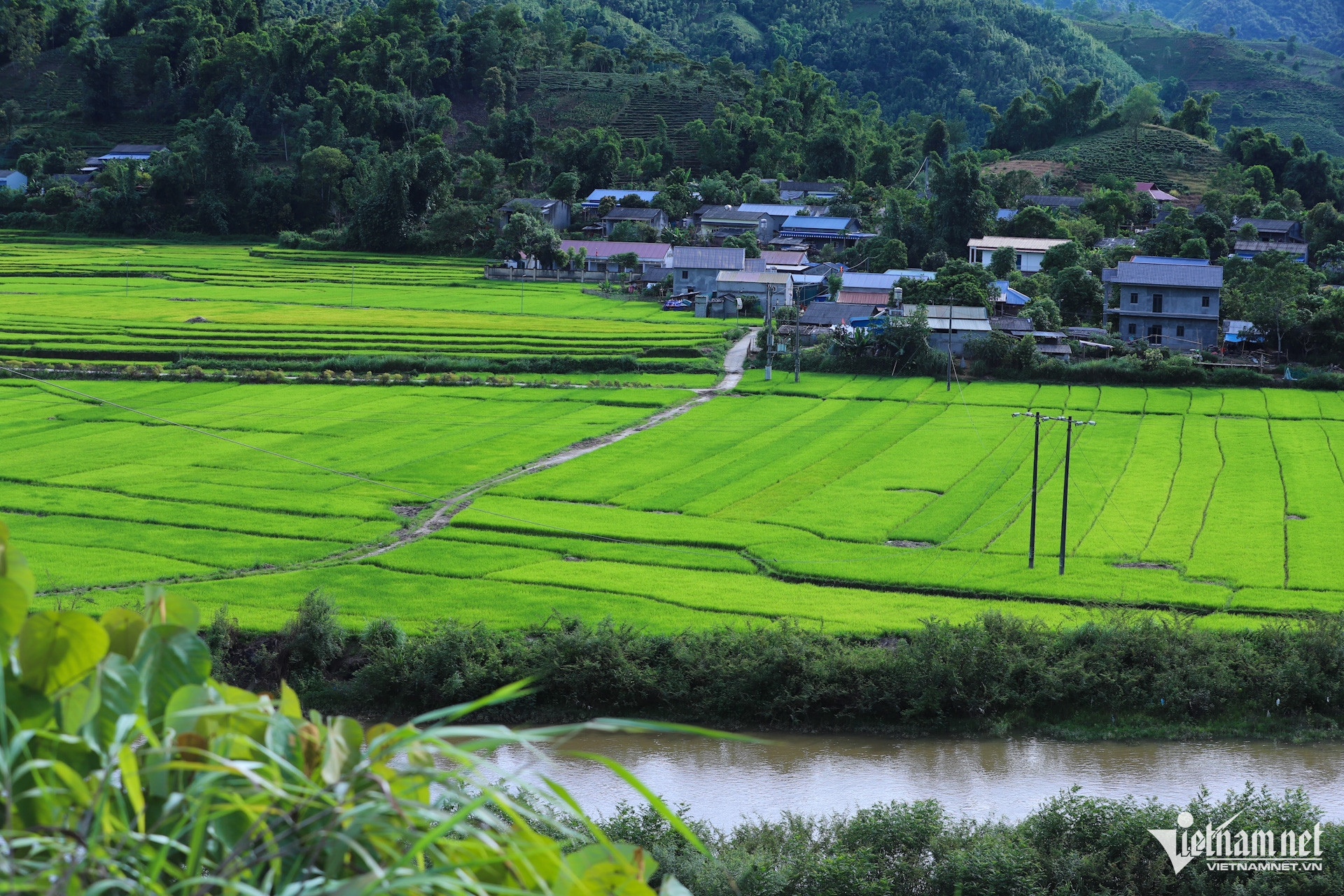
As part of its next-stage national development agenda, the Ministry of Ethnic and Religious Affairs has finalized the draft for the National Target Program on Socioeconomic Development in Ethnic Minority and Mountainous Areas for the 2026–2030 period (referred to as Program 1719). One of its core goals is to raise the average income of ethnic minorities to at least half of the national average.
Key targets of Program 1719 include:
Eliminating most extremely difficult communes and villages
Enabling 70% of communes in ethnic minority and mountainous areas to meet new rural standards
Shifting rural labor structure by attracting 3% of the workforce annually to industries such as manufacturing, handicrafts, tourism, and services
Ensuring 40% of ethnic minority laborers are skilled in non-agricultural sectors
Achieving 80% of ethnic minority farming households engaged in market-oriented agroforestry production
The program also aims to eliminate makeshift and dilapidated housing, ensure over 85% of ethnic minority communes and villages are equipped with adequate infrastructure, and resettle all scattered households currently living in forests or areas prone to natural disasters such as flash floods and landslides.
Moreover, the plan sets out to address unplanned migration among ethnic minorities and fulfill Vietnam’s Sustainable Development Goals by 2030.
To realize these ambitious targets, the Ministry will review and revise existing policies and legal frameworks related to ethnic and mountainous regions. The government will mobilize all available resources, tap into local potential, and expand preferential credit programs to support individuals, households, and organizations engaged in production and business in these regions.
The Ministry emphasized that investing in ethnic minority and mountainous communities is a long-term, strategic investment in the country’s sustainable development. Policies must be integrated, streamlined, and effectively coordinated, with clear delegation of responsibilities. It also stressed the importance of prioritizing focused, high-impact investment in particularly disadvantaged areas and among ethnic groups facing unique challenges.
Crucially, proposed measures for the 2026–2030 phase must align with the 10 component projects outlined in Resolution No. 88/2019/QH14. These address five pressing challenges still prevalent in ethnic minority and mountainous regions:
The most difficult infrastructure conditions
The lowest quality human resources
The slowest socioeconomic development
The most limited access to essential services
The highest poverty rates
Binh Minh